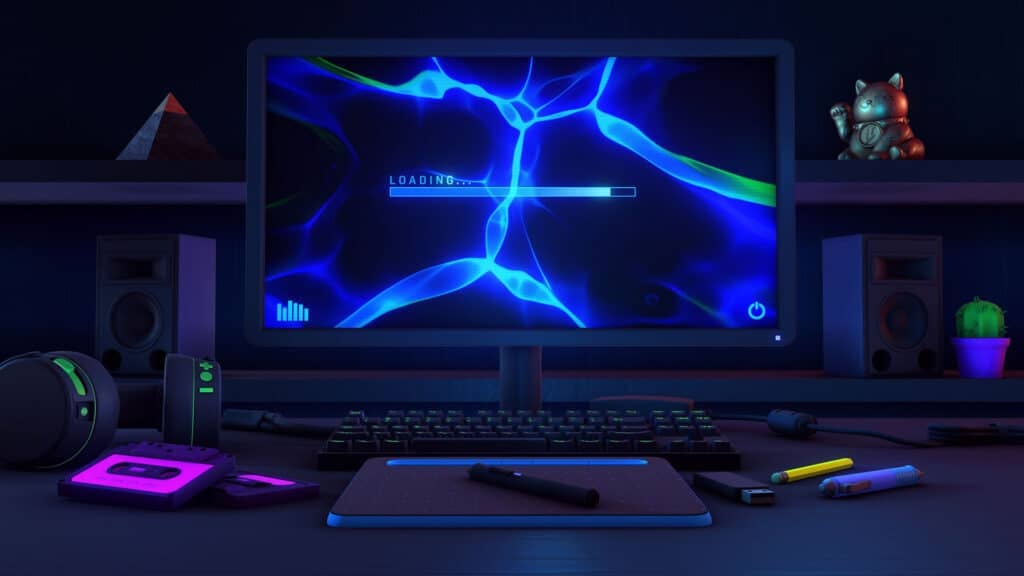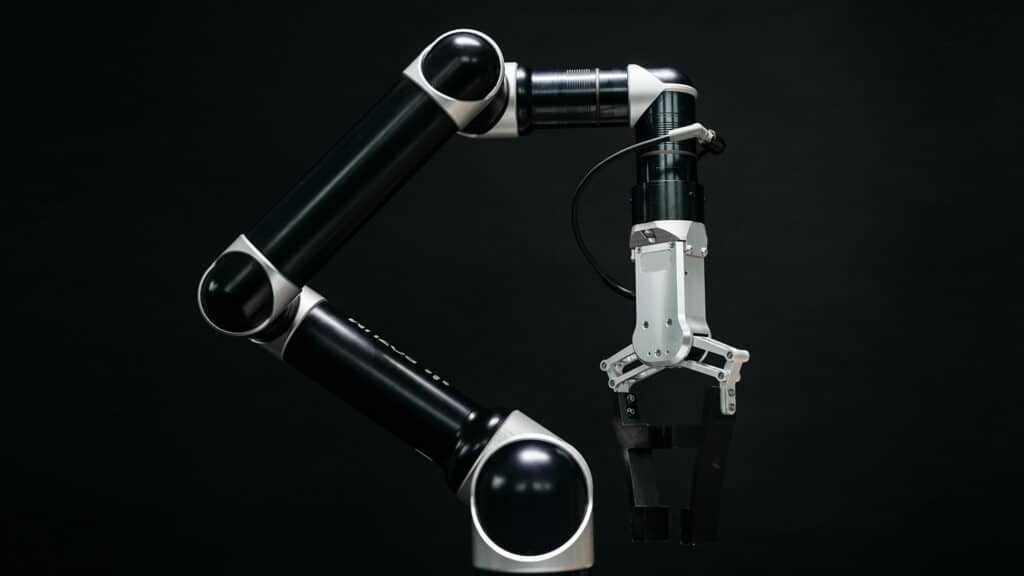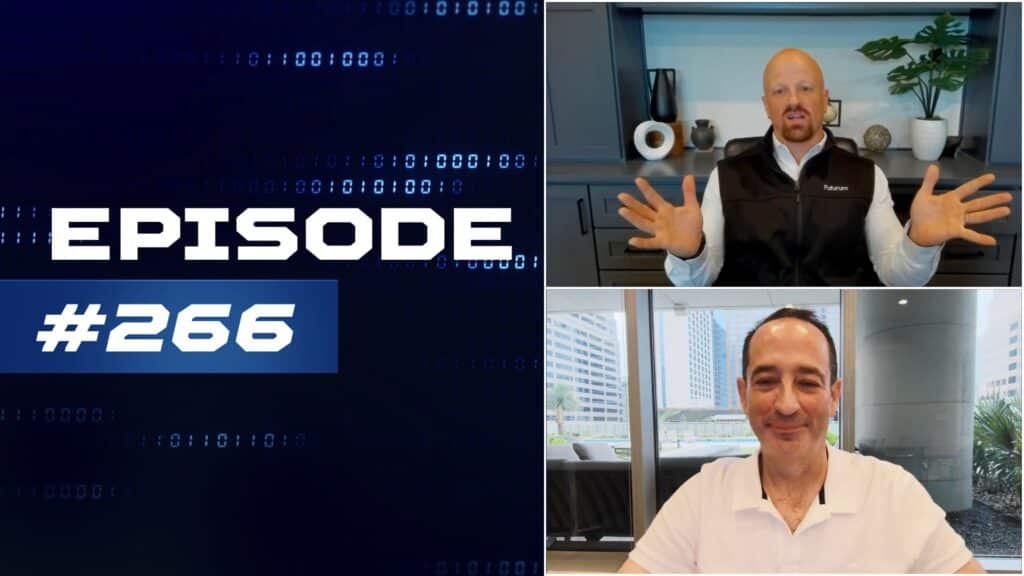The Six Five team discusses China’s Crackdown on AMD & Intel Chips.
If you are interested in watching the full episode you can check it out here.
Disclaimer: The Six Five Webcast is for information and entertainment purposes only. Over the course of this webcast, we may talk about companies that are publicly traded and we may even reference that fact and their equity share price, but please do not take anything that we say as a recommendation about what you should do with your investment dollars. We are not investment advisors and we ask that you do not treat us as such.
Transcript:
Patrick Moorhead: We’re talking chips, and we’re talking AMD, and Intel and China. So I got on CNBC to break this down. And it’s interesting, I think the news reports, the FT got a little ahead of itself. The headline said, “Government,” but the reality is it’s Defense. And Defense is a large part of government, but it’s not talking about universities, it’s not talking about critical infrastructure like telco. That’s the one thing. And there’s a waiver that says you can go for 50%, and this is the rough translation, “Non-compliant chip makers for Defense.” So I mean it’s like a fraction, of a fraction of a fraction. And this is just a long line of tit for tat between the US and China.
10 years ago we had a IBM and Cisco banned from critical infrastructure. The US banned Huawei, and ZTE, and a bunch of camera related properties, I think there were 75 Chinese companies on the Do Not Buy List. Then you had Micron that was punished. And then, here we are with AMD and Intel. So you might be asking, “Well, who the heck could fill the gap there?” Well, companies like Fidium, they’re arm-based, long zoom, MIPS, and I think they have risk five. Then you have HiSilicon, which is by Huawei, which is arm and risk five. And then finally you have a JV Zhaoxin, which is X86 out there. There we have it.
Daniel Newman: Yeah. So I mean look, there’s more to this story, Pat. I mean China’s not banning everything. It kind of runs across sometimes that way. You see a headline and we know that the decisions that have been made in the US and in the West to try to create friction and try to create a challenge for China to keep up with global technology leadership. It’s a decision I’ve said many times on the show made out of three main tenants, right? National security, supply chain resiliency and global technology leadership. AI is now the most coveted competency in the world. And of course, building advanced silicon and giving access to the most advanced design and then being able to deliver these fabricated chips to China gives them a chance to catch up.
And we know that Xi Jinping and the leadership of the CCCPE will spend amount, Pat, to get access and they’re building and they’re seeing success. And whether it’s been marginal successes with the Huawei, and the Harmony OS and being able to get less Apple, that’s not necessarily the only thing, but there’s a big focus in China to derail the US’ strength. And of course you’re seeing them in limited capacity being able to build lower nanometer nodes without EV, and they’re nowhere near where the West is with three nanometer. And so it’s going to take some time.
Having said all that, Pat, I mean look, I look at this as ping pong, less about what the new specific rules are, but there’s a ping pong here. I mean, why micron? Well, it’s just kind of interesting. I said, “Micron” because memory was something that probably China was okay if Micron got cut off and didn’t need, why have we seen crackdowns on the most advanced NVIDIA chips? Because it’s really obvious why we don’t want to provide that capability and technology to China. What’s the intent of crackdown AMD and Intel? Well, I mean look, these companies have legitimate, multi double-digit percentage revenue coming into China. This hurts, it stings, and although it’s not every skew in every part, the impact of the West knowing that China might cut it off when we have so much supply going in and so much revenue in our company’s strength is so dependent on China, it creates consternation, it creates chaos, conflict and uncertainty, which again is the specialty of China, is trying to keep our markets a little bit unstable whenever possible.
But be very clear; this is all a traditional global trade war that is going on. And now we have a new kingmaker in AI and everybody wants to be the king. So China’s finding its own path, it’s going to do its best to find its own way, it’s going to continue to find ways to create chaos for our companies, the US-based companies. I’m looking at this as just one little microaggression of many more to come, won’t be settled anytime soon, Pat, but hey, at least Intel has Gaudi2.
Author Information
Daniel is the CEO of The Futurum Group. Living his life at the intersection of people and technology, Daniel works with the world’s largest technology brands exploring Digital Transformation and how it is influencing the enterprise.
From the leading edge of AI to global technology policy, Daniel makes the connections between business, people and tech that are required for companies to benefit most from their technology investments. Daniel is a top 5 globally ranked industry analyst and his ideas are regularly cited or shared in television appearances by CNBC, Bloomberg, Wall Street Journal and hundreds of other sites around the world.
A 7x Best-Selling Author including his most recent book “Human/Machine.” Daniel is also a Forbes and MarketWatch (Dow Jones) contributor.
An MBA and Former Graduate Adjunct Faculty, Daniel is an Austin Texas transplant after 40 years in Chicago. His speaking takes him around the world each year as he shares his vision of the role technology will play in our future.





